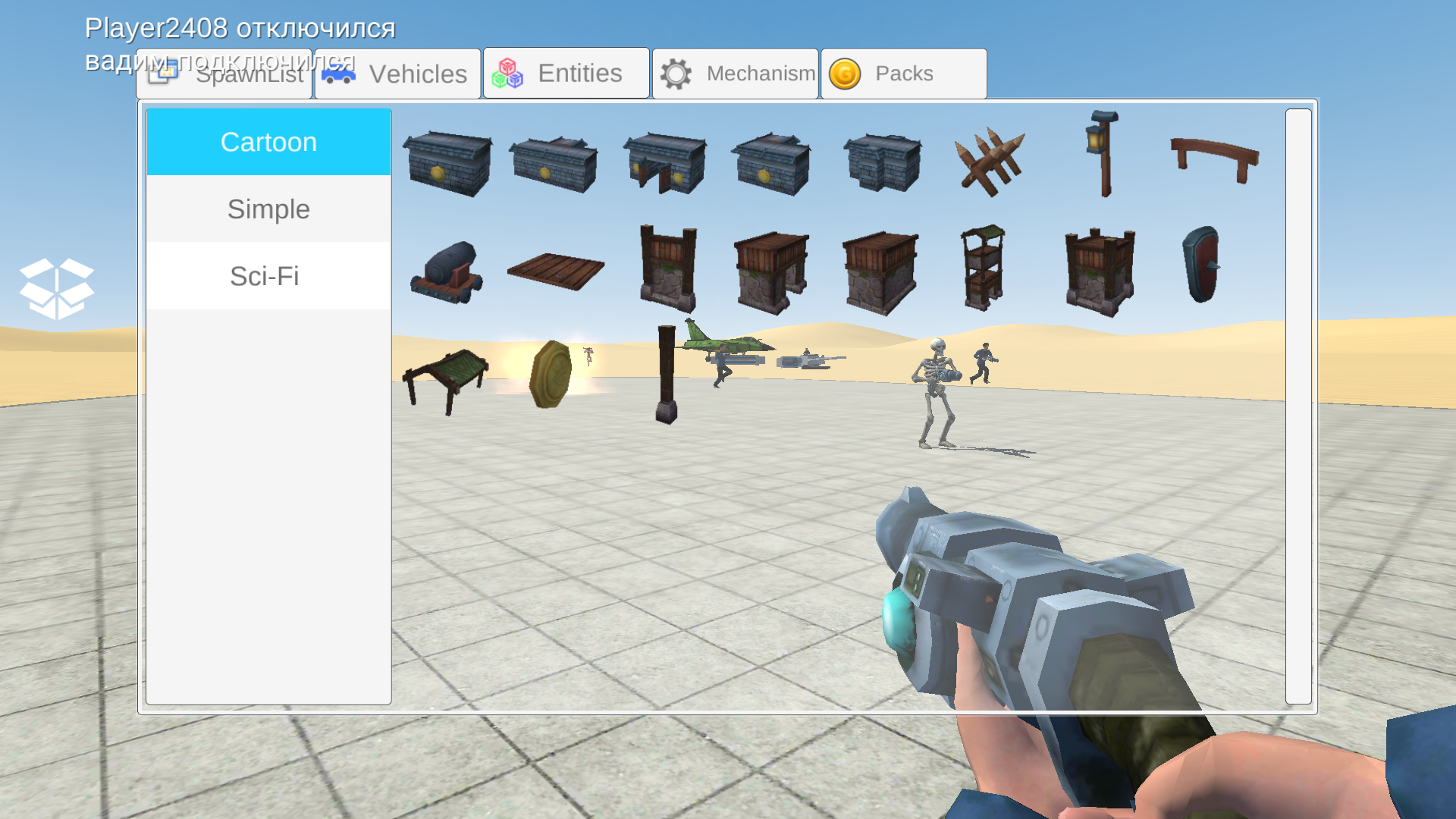

The amount of memory, in megabytes, to assign to the sandbox. Shares the host clipboard with the sandbox so that text and files can be pasted back and forth. Shares printers from the host into the sandbox. Places increased security settings on the RDP session to the sandbox. Shares the host's webcam input into the sandbox. Shares the host's microphone input into the sandbox. Note that exposing host directories may allow malicious software to affect the system or steal data.Ī command that's executed when Windows Sandbox starts. Share folders from the host with read or write permissions. SettingĮnable or disable network access within the sandbox. There are a lot of settings you can control with a configuration file. Now that Windows Sandbox is installed you can launch it from your Windows menu just by searching for Sandbox.īy default it will spin up a default image, however there are probably times you would like to be able to spin up a customised environment with some tools already preinstalled or with access to some local files on your physical machine. Your machine might need a reboot to finish off the installation.

The second option is to use the PowerShell command: Enable-WindowsOptionalFeature -FeatureName "Containers-DisposableClientVM" -Online You can click on your Windows key and search for Turn Windows Features on or Off and select Windows Sandbox from that list. There are two ways to install the Windows Sandbox (once you've met the above prerequisites).

Windows Sandbox is a Hyper-V piece of technology that allows you to spin up an isolated, temporary desktop environment you can run tests on, demos on or use if you are unsure about a bit of software. Back with Windows 10 (1903) the team introduced a new feature called Windows Sandbox.


 0 kommentar(er)
0 kommentar(er)
